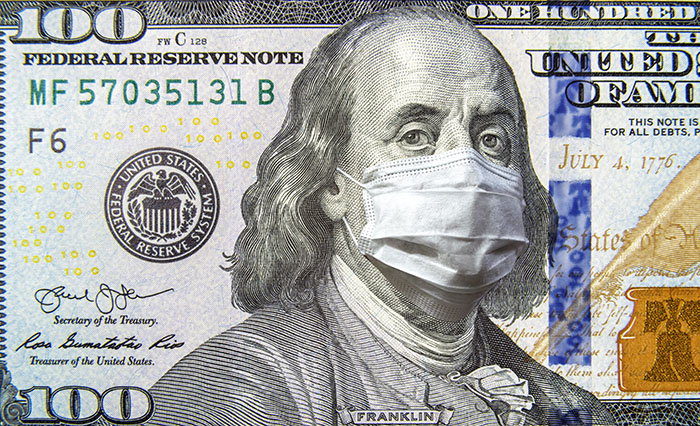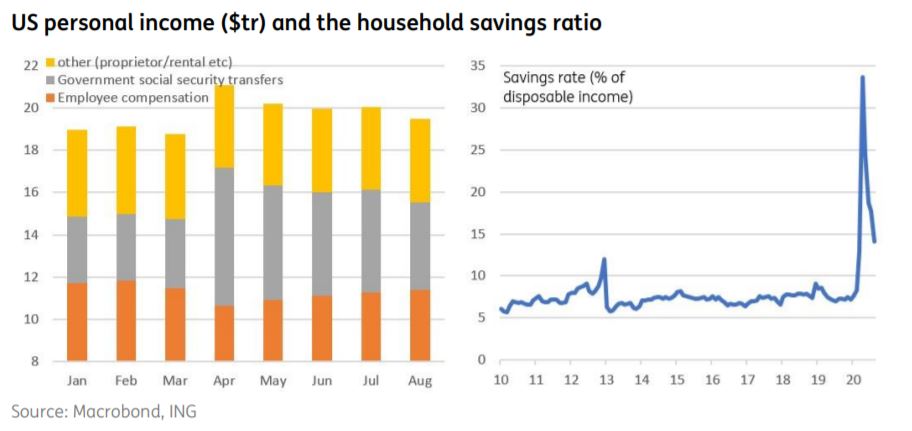FXOpen

Last Friday, the Retail Sales in the United States took everyone by surprise. On expectations of 0.7%, the actual number of 1.9% showed a resilient consumer, one that still has resources to spend. However, the impact on the currency market was minimal. In fact, the USD traded with a dovish tone all Friday, unable to react to the news.
But how is it possible for the retail sales to beat expectations in such a way during an economic recession?

Understanding the U.S. Consumer During the COVID-19 Pandemic
To fully understand the logic behind Friday’s number, we need to understand the role of the consumer in an economy. If the consumer does not spend, economic growth is not possible. Therefore, the news coming out of the United States is more than encouraging.
But it would not have been possible without the fiscal package delivered by the U.S. Congress. The checks sent to the population (between $300-$600/week) were enough to keep the economy floating and make sure that people have enough resources to make ends meet. Some funds were immediately spent, but some were saved for later. This is what this current jump in the retail sales number is about – funds that were initially saved, as suggested by the high savings rate, were spent at a later stage.
So what did the Americans buy? To start with, they bought cars. This is a worldwide trend as it represents one of the responses to the COVID-19 crisis. People avoid public transportation and shift to cars.
Also, sporting goods and discounted clothing were on the rise. As American prepares for the cold season, people took advantage of the last warm days. All in all, the retail sales recovered all the lost ground during the pandemic so far, exceeding the pre-crisis levels.
The problem is that this rebound is only temporary. If there is no more fiscal support, the pandemic threatens the recovery as millions of Americans are unemployed.
The USD and the stock market did not react to the positive data showed by the retail sales indicator for a single reason – the upcoming U.S. elections. Therefore, expect the USD to move in tight ranges until the elections are behind us.
This article represents the opinion of the Companies operating under the FXOpen brand only. It is not to be construed as an offer, solicitation, or recommendation with respect to products and services provided by the Companies operating under the FXOpen brand, nor is it to be considered financial advice.
Stay ahead of the market!
Subscribe now to our mailing list and receive the latest market news and insights delivered directly to your inbox.








